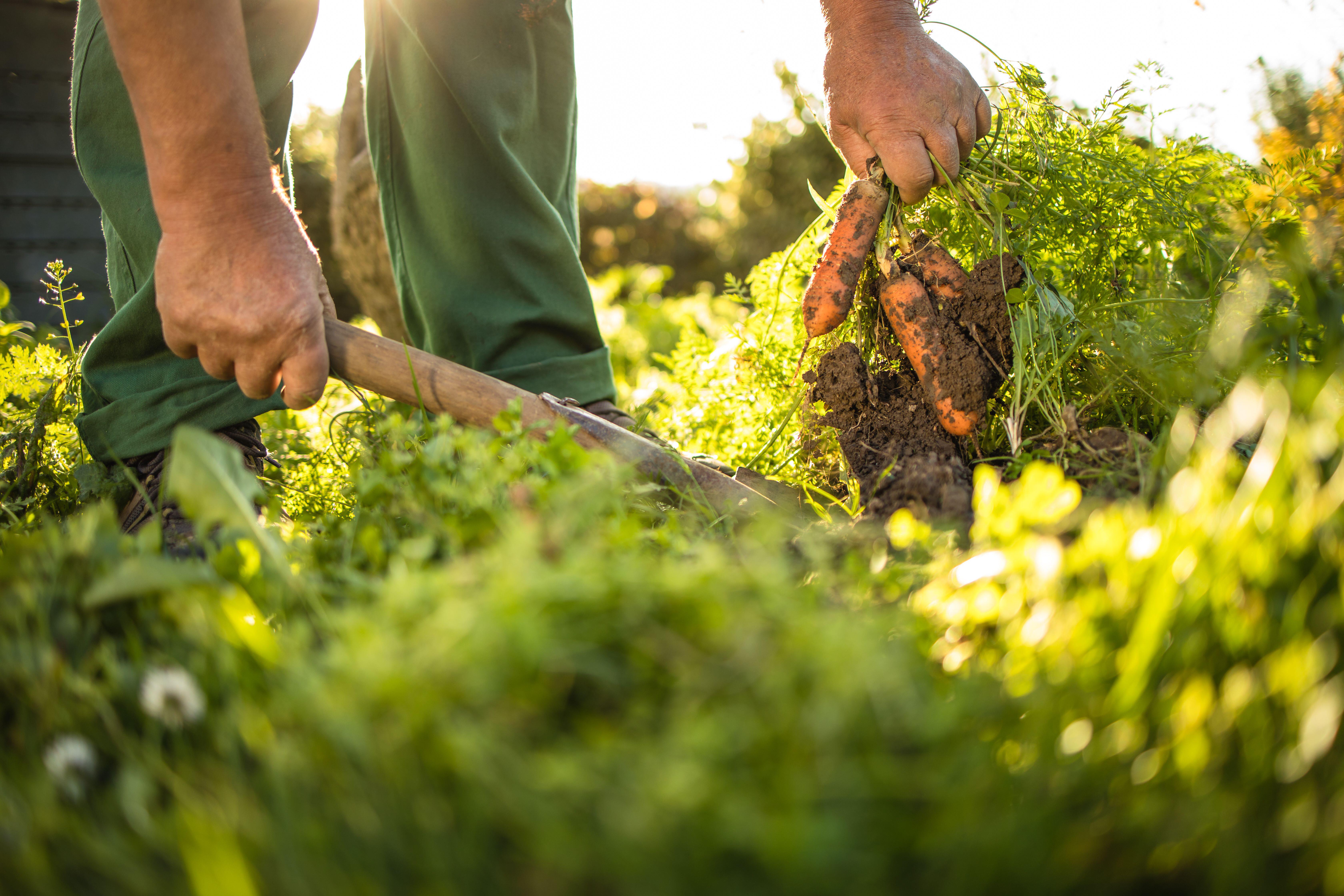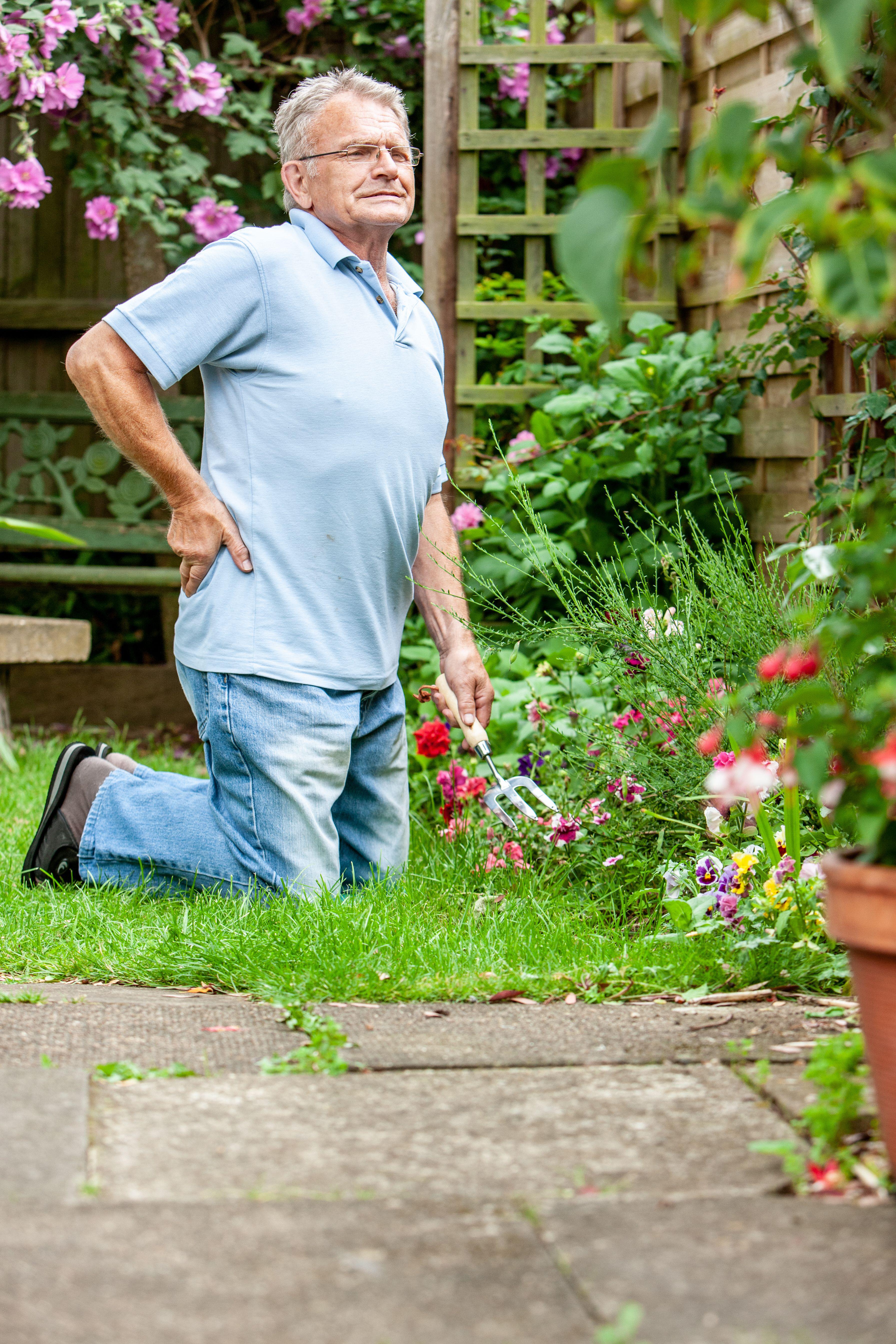
As the days grow longer and the temperatures rise, it’s only natural to feel the urge to dive into gardening and start planting. While working in the garden can be incredibly rewarding for the soul, it’s not always as gentle on your back.
All that bending, lifting, and twisting – especially over long periods – can really add up.
Whether you’re a seasoned gardener or planting your very first carrots, taking a few simple precautions can go a long way in protecting your back. Here’s how to enjoy every moment in the garden without the aches and pains this spring.

Are there certain types of gardening activities that are more likely to lead to back problems?
“Many of us wouldn’t think of lifting 10-20kg in the gym, but we will happily lift bags of compost or manure far heavier than this when gardening,” notices Michael Fatica, lead osteopath and co-founder of Back in Shape program. “Trips to the garden centre can also be risky as they often involve lifting heavy items into the boot and then unloading back at the house.”
However, Lucy Macdonald from RestartPhysio highlights that any repetitive movement that your body isn’t used to can lead to injury.
“If you suddenly start doing lots of digging or planting or anything that involves a lot of repetitions that you haven’t done for a long time, that will increases your risk of back pain and injury,” says Macdonald.

To avoid this, Macdonald encourages gardeners to split their tasks into manageable chunks.
“The most important thing is to break down big jobs into smaller tasks and to avoid overdoing one task that involves one position and one repeated movement,” advises Macdonald.
“For example, if you’ve got some digging to do and some planting to do, do a little bit of both on one day and then a little bit of both on the next day, rather than doing all of one on one day and all of one on the other.”
Regular breaks are also a good idea.
“If you’ve got low blood sugar or if you’re just physically tired, you’re more likely to do something that results in an injury,” explains Macdonald. “So, try not to set yourself an unrealistic goal like ‘I’m going to get all of that particular flower bed done today, no matter what’.
“If you allow yourself to listen to your body and to stop and have breaks, then that will reduce the risk of injury.”
Are there specific tools or gear that can help reduce strain?

“Kneeling pads and cushions are all really helpful and make it far more comfortable for you to kneel on the floor and get into an ‘all fours’ position which is much better for the back,” says Fatica. “Always keep in a ‘tripod’ position which creates much more support for the lower back.
“By this I mean kneel but keep one hand planted firmly on the ground to help support the upper body, and then work with the other hand.”
Are there exercises that people can do before they start gardening to help strengthen their back and prevent injury?
“Warming up is a great idea and there are two components to this,” says Macdonald. “One is temperature, so that will depend on time of year. For example, in the summer you’ll have to warm up less than in the winter, and if it’s first thing in the morning and chilly out then going for a brisk walk around your garden will help to increase your body temperature.
“The second component of warming up is all about taking your joints through the ranges of motions required for gardening.”
Squats and hip hinge exercises are particularly good for this.
Squats

“Stand with the feet slightly wider than shoulder-width apart and clasp your hands together in front at your waist as if holding a weight,” says Fatica. “Engage your back and upper body with a chest pop and tighten your core without tucking the pelvis.
“Bend your knees a tiny bit, just so your leg muscles are engaged and now keep your spine and torso fixed and push your bum back.
“Allow your torso and trunk to lower like a drawbridge hinging at the hips and lower your torso until you feel you can go no lower. Raise back up to the starting point and repeat.”
Hip-hinge exercises
“Stand facing the wall, holding on for support with your feet shoulder-width apart,” instructs Fatica. “Keeping your left leg straight, move the leg in an arc to the left. Arc the leg out as high as it will go to the side.
“Keep your foot facing the wall and lead with your heel, and at the top you should feel a cramping sensation in your hip – squeeze this and then slowly lower back to the start. Repeat for 10 to 15 reps then swap sides.”
Sustainable upgrades for a greener home to salute World Earth Day
Easter-themed decorations for stylish interior makeovers
How to get your teenager off their phone and into bed
‘Active’ mum has leg amputated after discovering tumour on run
The fruit that’s better at lowering blood pressure than cutting salt







